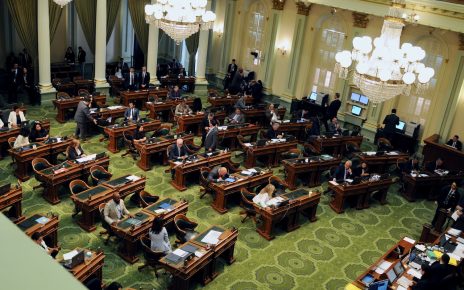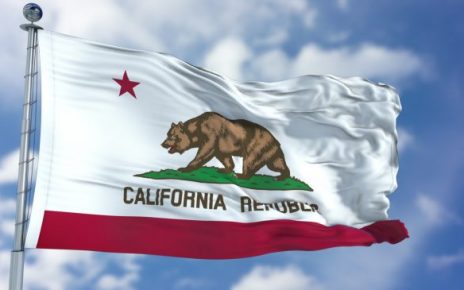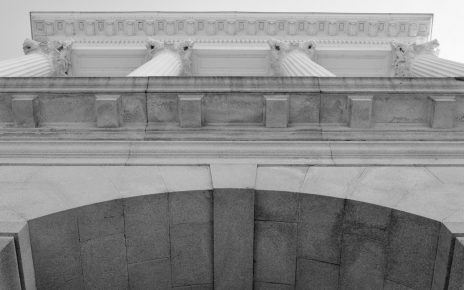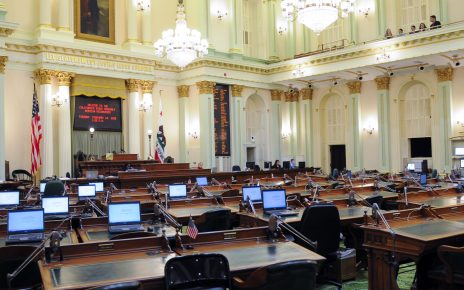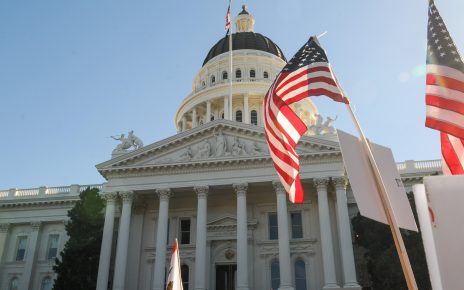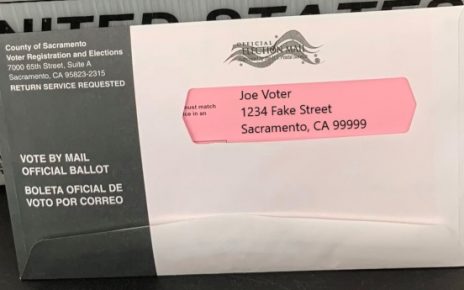Charter City Elections in California
California’s Elections Code provides a number of laws related to city elections in Charter Cities. These are contained in Division 21, Chapter 7, Article 2. Article 2 applies to a charter city that elects members of the city’s legislative body...


